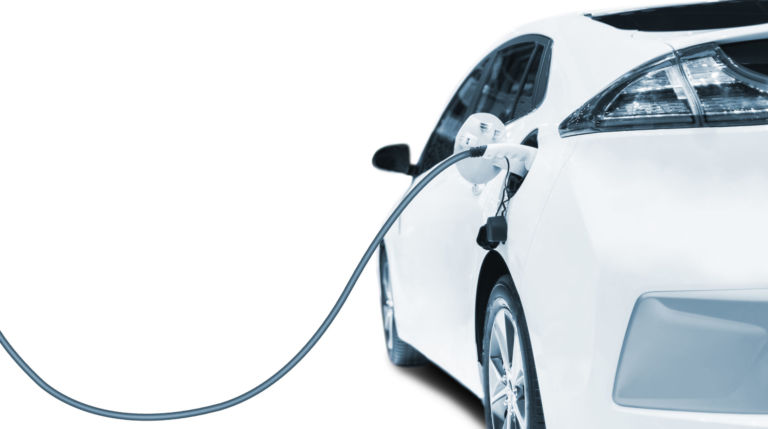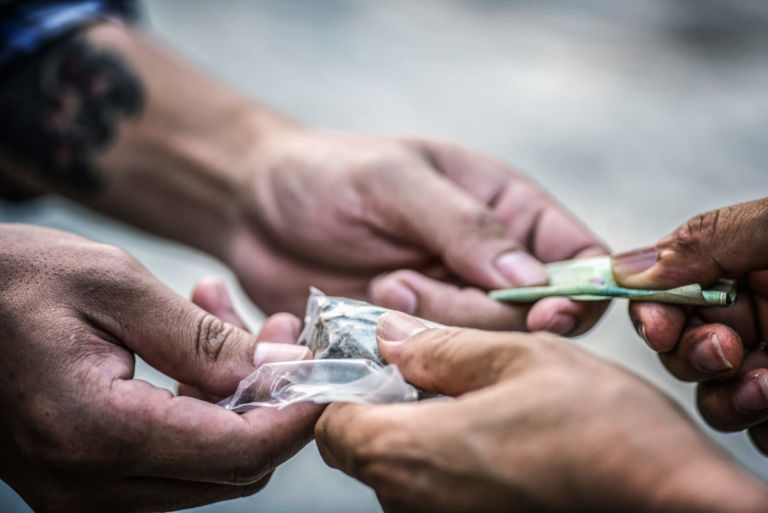Charles Fain Lehman of the Washington Free Beacon explores the odd ideas that drove proposals for the government to hand out taxpayer-funded crack pipes.
The Biden administration last week was forced to vehemently deny it will fund the distribution of crack pipes, after the Washington Free Beacon‘s reporting uncovered plans for “safe smoking kits” included in a $30 million “harm reduction” grant. The denial surprised not only administration officials—who still seem unsure if they were ever going to distribute pipes—but also some advocates, who claimed the administration was letting “clickbait” and “racism” drive policy.
A bigger question has been lost in the dispute over the administration’s plan: Why did anyone think handing out government-funded crack pipes was a good idea in the first place? Why would HHS be funding “safe smoking kits” which, even if they don’t contain “stems,” do include other paraphernalia that facilitate the use of crack cocaine, meth, heroin, and other drugs?
Such methods are just one example of “harm reduction,” an approach to drug policy that has attracted attention in some big, blue cities; the “unprecedented” harm-reduction grant program is one of several signs that federal policymakers are similarly interested. Amid a historic wave of drug overdose deaths, it’s little surprise that policymakers are considering unorthodox ideas. But while some harm reduction ideas have merit, the label is often a cover for radical proposals backed by the shoddiest evidence, proposals that could do real harm.
In principle, “harm reduction” refers to practices that mitigate the harms of drug use without reducing use itself. Such approaches need not be controversial. HHS’s grant outline, for example, mentions funding disease-testing kits to help people who use drugs be informed about their HIV or hepatitis C status, and therefore hopefully reduce transmission. In the broader context of drug policy, harm reduction can operate alongside enforcement, treatment, and education to minimize the harms of illegal drugs.
But the term can also include policies pushed by more activist-minded “harm reductionists” who are concerned not just with particular policies, but with a wholesale critique of (their understanding of) American drug policy.


